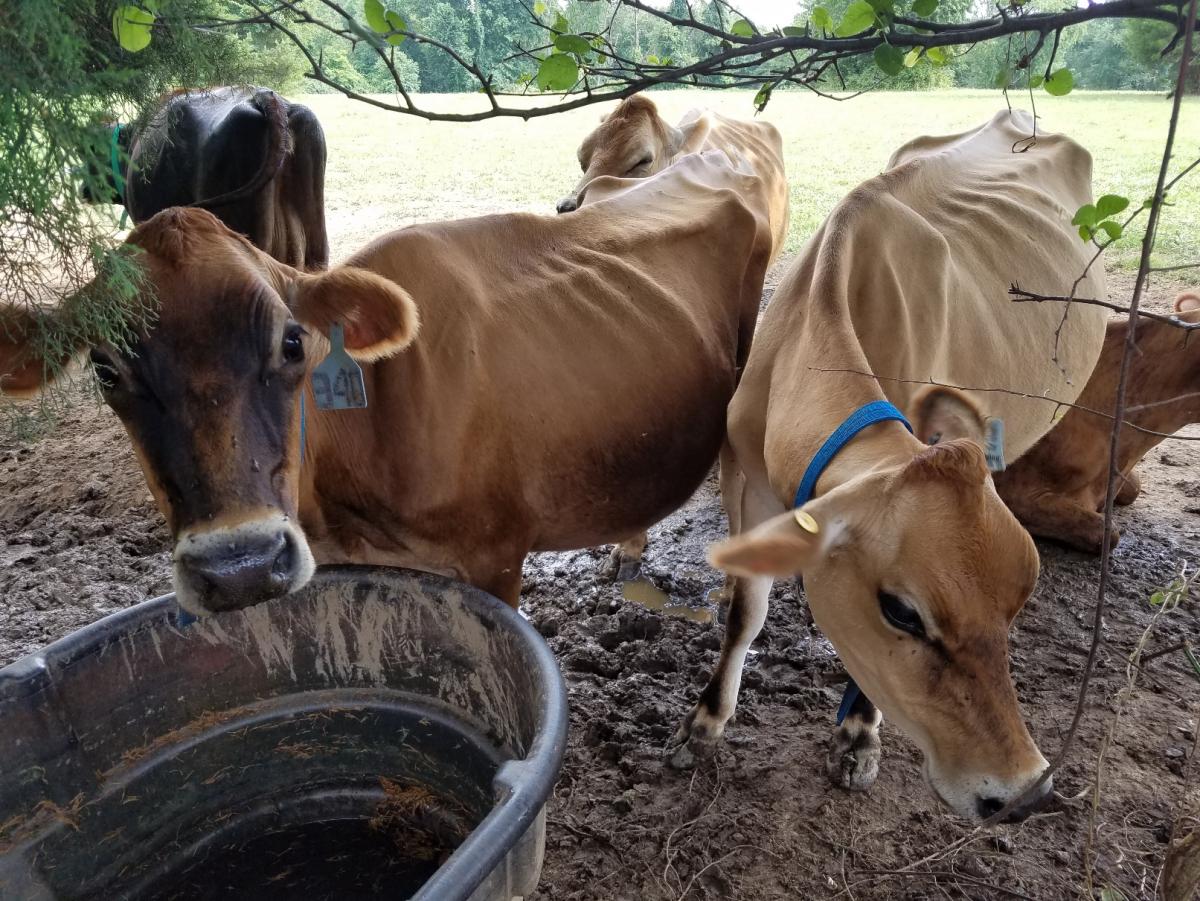FSIS, an agency in the United States Department of Agriculture (USDA), is responsible for ensuring food labeling claims are truthful and do not mislead the consumer. The new proposed guidelines released last month refer specifically to animal-raising claims, and specify the documentation needed for FSIS to approve the use of such claims. Animal-raising claims that require approval from FSIS include, but are not limited to, “Free-Range”, “Grass Fed”, “Raised Without Antibiotics”, and “Raised Without the Use of Hormones”.
The proposed guidelines do define what some animal-raising claims need to mean in order to be approved for use. Diet-related claims, for instance, like “Grass Fed” and “100% Grass Fed”, would only be approved for use in cases where the animals are raised on a strict, 100% grass diet after weaning off their mother’s milk. Furthermore, “No Antibiotics” and “Raised Without Antibiotics” are clearly defined as well, and would only be approved for use if the animals are not given any antibiotics.
However, when it comes to claims regarding animal welfare and environmental stewardship, things get a little murkier. FSIS has not defined such claims, which could include “Humanely Raised”, “Sustainably Farmed”, or “Raised With Care”. Thus, the guidelines say “FSIS will only approve a claim if a statement is provided on the label showing ownership and including an explanation of the meaning of the claim for consumers.” While it seems like a good idea to make the actual meaning of a claim available directly on the packaging, this could prove confusing for consumers when they see the same claim used on different products.
Critics argue that claims like “Humanely Raised” should have the same meaning regardless of the product they are used on. By not doing so, and by allowing a claim to be used at a variety of unspecified standards, it is likely to confuse consumers and possibly trick them into paying premium prices for meat that was raised in typical factory farms. Furthermore, it allows industrial meat producers to use the same claims and thus compete with those farms that actually do practice improved animal care.
The U.S. executive director of Compassion in World Farming, Leah Garces, explained to the Huffington Post: “The consumer sees two packages next to each other ― a piece of chicken that costs $1.99 and a piece of chicken that costs $5.99. They both say ‘humanely raised.’ Of course they’re going to buy the cheaper one.” The Huffington Post also notes that in past cases where FSIS allowed certain animal-raising claims on packaging, there was no documented evidence or reason as to why the claims were allowed. In fact, 20 of 25 claims investigated by consumer advocate groups “seemingly had been okayed despite zero evidence.”
Despite all the confusion, definitions for certain animal welfare claims remain undefined, and by allowing companies to define the terms for themselves, the confusion it likely to be magnified. FSIS is seeking comments regarding the proposed guidelines for animal-raising claims. You can submit comments electronically here, or submit written comments to the provided mailing address. According to the electronic submission, comments will be accepted until December 5, 2016.
What do you think? Should animal-raising claims be universally defined? Let us know!
The proposed guidelines do define what some animal-raising claims need to mean in order to be approved for use. Diet-related claims, for instance, like “Grass Fed” and “100% Grass Fed”, would only be approved for use in cases where the animals are raised on a strict, 100% grass diet after weaning off their mother’s milk. Furthermore, “No Antibiotics” and “Raised Without Antibiotics” are clearly defined as well, and would only be approved for use if the animals are not given any antibiotics.
However, when it comes to claims regarding animal welfare and environmental stewardship, things get a little murkier. FSIS has not defined such claims, which could include “Humanely Raised”, “Sustainably Farmed”, or “Raised With Care”. Thus, the guidelines say “FSIS will only approve a claim if a statement is provided on the label showing ownership and including an explanation of the meaning of the claim for consumers.” While it seems like a good idea to make the actual meaning of a claim available directly on the packaging, this could prove confusing for consumers when they see the same claim used on different products.
Critics argue that claims like “Humanely Raised” should have the same meaning regardless of the product they are used on. By not doing so, and by allowing a claim to be used at a variety of unspecified standards, it is likely to confuse consumers and possibly trick them into paying premium prices for meat that was raised in typical factory farms. Furthermore, it allows industrial meat producers to use the same claims and thus compete with those farms that actually do practice improved animal care.
The U.S. executive director of Compassion in World Farming, Leah Garces, explained to the Huffington Post: “The consumer sees two packages next to each other ― a piece of chicken that costs $1.99 and a piece of chicken that costs $5.99. They both say ‘humanely raised.’ Of course they’re going to buy the cheaper one.” The Huffington Post also notes that in past cases where FSIS allowed certain animal-raising claims on packaging, there was no documented evidence or reason as to why the claims were allowed. In fact, 20 of 25 claims investigated by consumer advocate groups “seemingly had been okayed despite zero evidence.”
Despite all the confusion, definitions for certain animal welfare claims remain undefined, and by allowing companies to define the terms for themselves, the confusion it likely to be magnified. FSIS is seeking comments regarding the proposed guidelines for animal-raising claims. You can submit comments electronically here, or submit written comments to the provided mailing address. According to the electronic submission, comments will be accepted until December 5, 2016.
What do you think? Should animal-raising claims be universally defined? Let us know!






